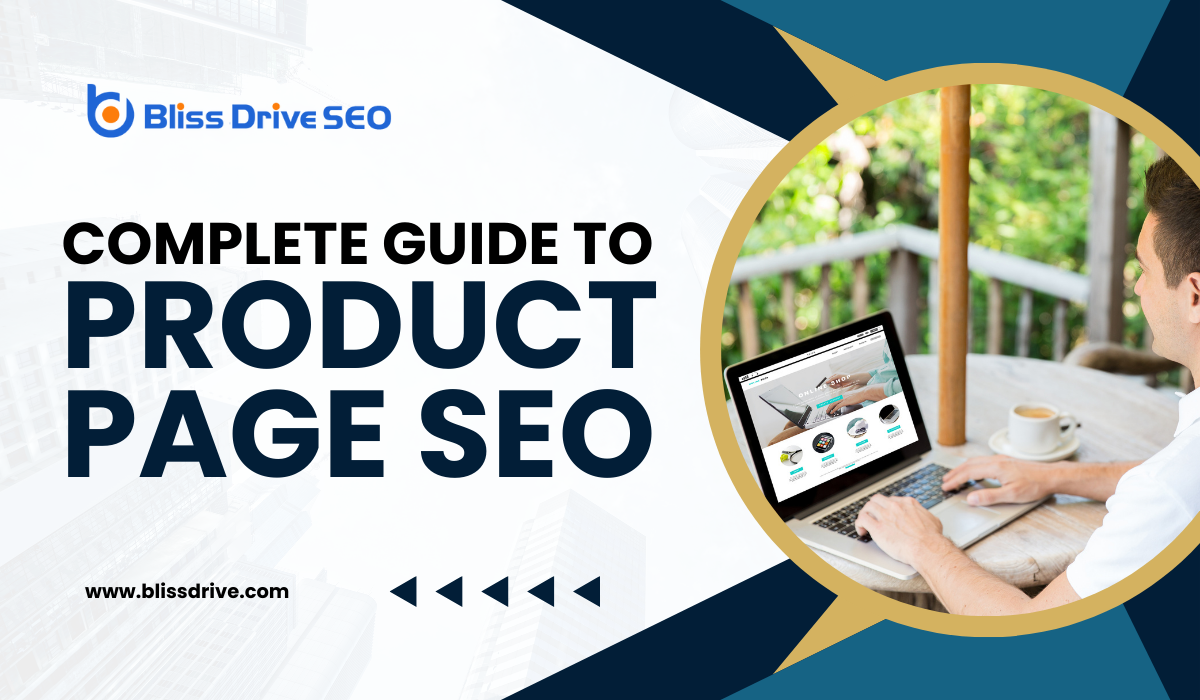Digital Marketing Services
Learn More About Us

Struggling to navigate the complexities of Product Page SEO?
You're not alone!
Many face issues like low visibility on search engines, poor user engagement, and difficulties adapting content for global markets.
To resolve this issue, you must work on:
In this guide, we will discuss these strategies in detail. Let's transform these challenges into opportunities to excel in the digital marketplace.
Clear URLs improve both user experience and visibility.
Ideally, they should describe the page's content. Focus on making URLs clear and user-friendly. Avoid filling them with keywordsWords or phrases that users type into search engines to find information..
Their main goal is to guide users.
A good product page URL should look like this:
Some products may link directly to the domain, mixing with main categories. This causes confusion and misplacement.
Such pages might receive the same treatment as the main categories, leading to display issues for certain products.
To find these uncategorized pages and avoid such issues:
This spreadsheet shows all main and subcategories. It can help you identify products uploaded without a category and other structural irregularities in your site.

Images are crucial for brands like luxury ones that use minimal text. They communicate content to search engines, making image optimization essential for SEO.
Images must be high-quality to showcase products effectively. Image file names should be descriptive and include:
Example URL:
Take, for example, this brown bag for men.
The ideal URL for this can be:
This URL tells search engines about the product's details.
Alt text is crucial for images as it helps search engines understand the content. It's also important for web accessibility, helping those with visual impairments.
Example Alt Text for a Man's Brown Leather Bag:
Using schema on your images and product pages helps provide context and content to search engines. This improves their ability to understand your pages.
When customers arrive at your product page from an ad or campaignA set of ad groups sharing a budget, targeting options, and other settings., you have a limited time to engage them. Descriptions and images are key to selling or losing a potential customer.
Key Points for Product Descriptions:
Using AI for product descriptions is efficient but can lack a personal touch.
For large websites with many products, hiring a copywriter is advisable for unique and engaging content. Smaller sites might consider writing descriptions themselves or using AI.
However, make sure to review all AI-generated descriptions before publishing. Content that does not engage the customers can lead to higher abandonment rates.
User-generated content (UGC)Content created by users rather than the brand, often shared on social media or review sites., like reviews and Q&As, enhances SEO and increases user trust in product pages.
Set up a UGC hub to support additional content creation for media outreach. UGC works best in niches where real-world product usage impacts buying decisions.
Use it judiciously as irrelevant UGC can deter rather than attract customers.
Global adaptation goes beyond translation. It includes:
Embrace the power of detailed SEO strategies and content adaptation to meet global demands.
Tailor every element—from URLs to user-generated content—to enhance user experience and boost conversionThe completion of a desired action by a referred user, such as making a purchase or filling out a fo... rates.
Engage and adapt wisely. This will ensure content integrity to succeed in the competitive digital marketplace. Ready to transform your online presence? Contact Bliss Drive today to harness SEO services that boost your visibility and drive real results.
